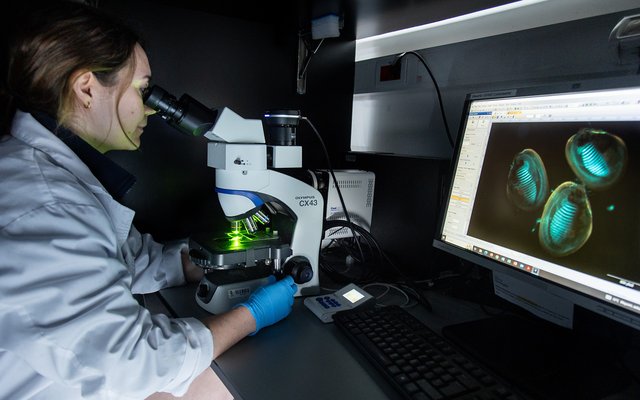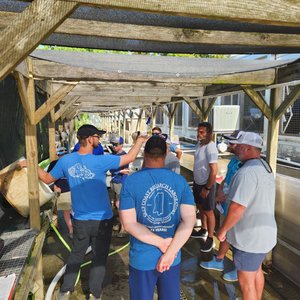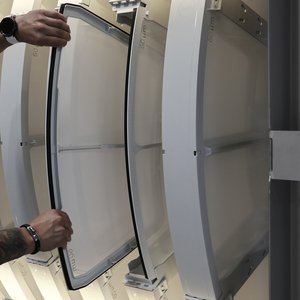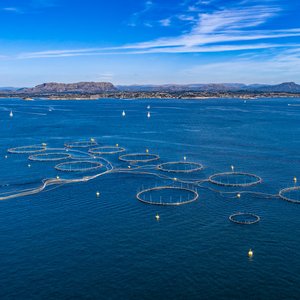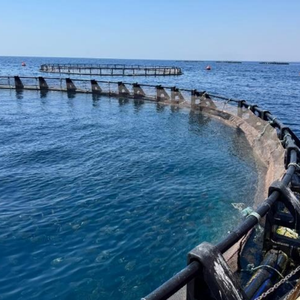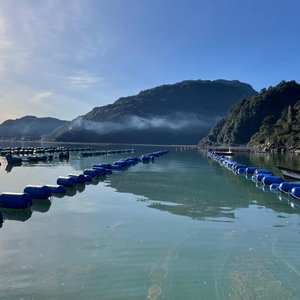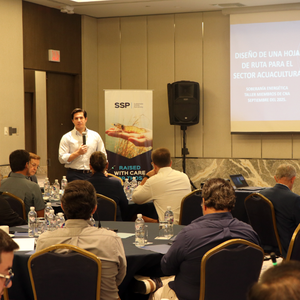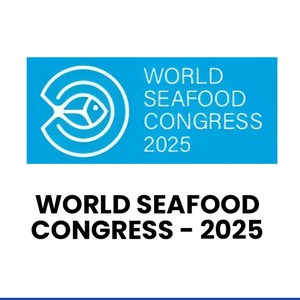Spanish researchers from the Ecocost group at the Marine Research Center (CIM) of the University of Vigo have achieved a pioneering global breakthrough in sustainable aquaculture: the development of an effective cryopreservation protocol for the mussel Mytilus galloprovincialis. This protocol allows for the freezing preservation of larvae at advanced stages and, for the first time, juvenile marine organisms up to 1 millimeter in size. The study represents the first documented case of successful cryopreservation of a marine organism of such complexity and dimensions.
A method for cryopreserving all larval and juvenile stages
The main objective of the research was to design a cryopreservation protocol that would cover the entire larval cycle of the mussel, including, for the first time, the juvenile stage, which until now had been unattainable. To achieve this, bioassays were conducted in which key factors such as temperature, salinity, and feeding regimen were modified in order to identify the optimal conditions for larval growth and health. These conditions were subsequently used as pretreatment strategies prior to freezing, based on the hypothesis that a better physiological state increases the ability to survive the cryopreservation process.
The developed protocol allows for the preservation of larvae from 24 to 72 hours post-fertilization and has been progressively optimized to include more complex larval stages (up to 26 days) and 40-45-day juveniles. With this advance, a marine organism larger than 1 mm in size has been successfully cryopreserved for the first time, opening new possibilities for both biodiversity conservation and the aquaculture sector.
Until now, cryopreservation studies in marine organisms were limited to early larval stages or model species such as Drosophila melanogaster or Danio rerio. This work by CIM represents the first documented case of complete cryopreservation of all larval stages of a marine species, and the only successful example in the juvenile phase, both terrestrial and aquatic, researchers said.
A significant advance in a declining sector
This scientific breakthrough is particularly relevant in the current context of European mussel farming, a sector that has been in decline in recent decades. In fact, mussel production in the European Union decreased from 600,000 tons in 1990 to 480,000 tons in 2016, due to multiple factors such as reduced natural recruitment, restrictions in seed collection areas, rising sea temperatures, the impact of climate change, and exposure to pollutants. In Galicia, where M. galloprovincialis accounts for approximately 60% of world production, the strong dependence on natural seed sources is one of the main limitations of the traditional production model.
Therefore, the new protocol represents a significant technical advance, but also a strategic tool with direct application in marine sustainability. It allows for the preservation of larvae and juveniles during periods of high availability, reduces dependence on seasonal recruitment of mussel spat, conserves valuable genetic lines, and supports the restoration of overexploited natural beds.
“We use mussels as a model animal to also advance in other species such as clams or cockles. The achievements made with this species will drive us in the development of protocols for other mollusks,” said researcher Estefanía Paredes.
Reference:
Lago, A., Troncoso, J. & Paredes, E. Cryopreservation of juvenile Mytilus galloprovincialis to safeguard mollusk biodiversity and support aquaculture. Sci Rep 15, 25587 (2025). https://doi.org/10.1038/s41598-025-11439-3


